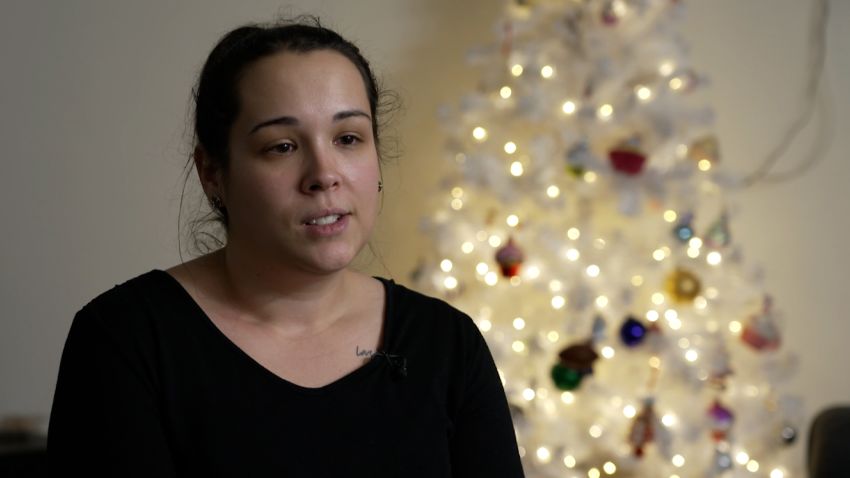Tuesday brought some encouraging news on the stubbornly high prices that have weighed down Americans: Inflation as measured by the Consumer Price Index cooled considerably in November and is at its lowest level in nearly a year.
Prices rose 7.1% annually in November, down from 7.7% in October, according to the Bureau of Labor Statistics’ closely watched index, which measures the change in prices paid by consumers for goods and services.
The report comes as Federal Reserve officials start their last two-day policymaking meeting of the year, where officials will pore over key economic data to determine whether their aggressive rate hikes have begun to cool the economy and bring down decades-high inflation.
The November CPI headline rate marked the fifth-straight monthly decline and was better than economists’ expectations of 7.3%. It was the lowest reading since December 2021 and a significant improvement on this year’s peak rate of 9.1% in June.
US stocks rallied on the news, with the Dow surging nearly 700 points shortly after the opening bell.
“I think we’re finally getting some indication that we’re getting relief on the inflation front,” Ryan Sweet, chief US economist at Oxford Economics, told CNN in an interview. “[The moderation] is key for the Fed to ease their foot off the brake. They’re not going to take it fully off the brake, they’re still going to tighten monetary policy, but we’re moving in the right direction.”
On a month-to-month basis, prices rose by 0.1% last month, as compared to October’s reading of 0.4%.
Core CPI, which excludes the volatile food and energy categories, measured 6% for the year ended in November, down from the 6.3% rate in October. On a monthly basis, core CPI increased by 0.2% — its smallest increase in 15 months.
“It looks like we are now coming down from that peak,” Rucha Vankudre, senior economist with Lightcast, told CNN. “We’re still very much in the woods, but we see a path out.”
The Fed has raised interest rates at each of its past six meetings — including an unprecedented streak of four three-quarter-point hikes — to help knock down the highest inflation since the early 1980s.
Economists and investors expect the Fed at this meeting to approve a half-point hike.
Tuesday’s CPI report showed that used car prices were down 3.3% on an annual basis and have fallen for five consecutive months. Categories such as medical care and airline fares also declined in November.
Although prices for food and energy remain 10.6% and 13.1% higher than November 2021, respectively, the monthly increases for food slowed to 0.5% from 0.6%, and energy prices decreased by 1.6% from October to November, with the gasoline component falling 2% during that period.
Gas prices nationwide now average $3.25 per gallon, which is down 53 cents from the prior month.
Some signs of supply chain improvement
The current inflation issues continue to be driven by supply shocks including Russia’s invasion of Ukraine and the pandemic, Sweet said.
“The good news is the poster child for supply shocks (new and used vehicle prices) … fell a lot in the last couple of months,” he said. “That hopefully is an indication that some of the supply chain issues are becoming disinflationary, because we need a lot of goods disinflation to offset the services inflation that we’re going to experience over the next six, nine, 12 months.”
Economists have expressed concern about inflation in services-related sectors and the potential for them to remain “sticky,” meaning that once prices go up, they don’t easily go down. The core change in services prices rose 0.4% in November.
Despite the progress, plenty of uncertainty remains, noted Sung Won Sohn, an economics professor at Loyola Marymount University and president of SS Economics. The war in Ukraine will continue to affect the prices of food and fuel, China’s reopening could be bumpy and weather remains a volatile factor, he wrote in a note Tuesday.
Additionally, the “800-pound gorilla” is the cost of labor, he added.
“The job market is hot, especially in services including health care as well as leisure and hospitality,” Sohn said. “There are a lot more job openings than the available labor supply, leading to low jobless rate and rapid wage growth. To be sure, the Federal Reserve’s campaign to slow economic growth eventually will have a dampening effect on the job market, but it will take time.”
Shelter prices remain the largest contributor to the monthly CPI increase, the BLS noted.
That component likely will remain high until next year when the CPI data reflects the annual calculation of market rents, which have been on the decline, Sweet said. That should help inflation move even closer to the Fed’s 2% target by later next year, he added.
However, one factor that could also contribute to lower inflation next year is not exactly welcome: a recession, Sweet said.
“We do have a recession in our forecast, and that’s very disinflationary,” he said. “I’m never rooting for a recession, but the Fed’s going to err on the side of doing too much. But hopefully the Fed takes a little bit of solace in this report and eases off on the brake and just raises [rates] by 50 basis points [half a percentage point] tomorrow and then only does one more rate hike early next year.”







